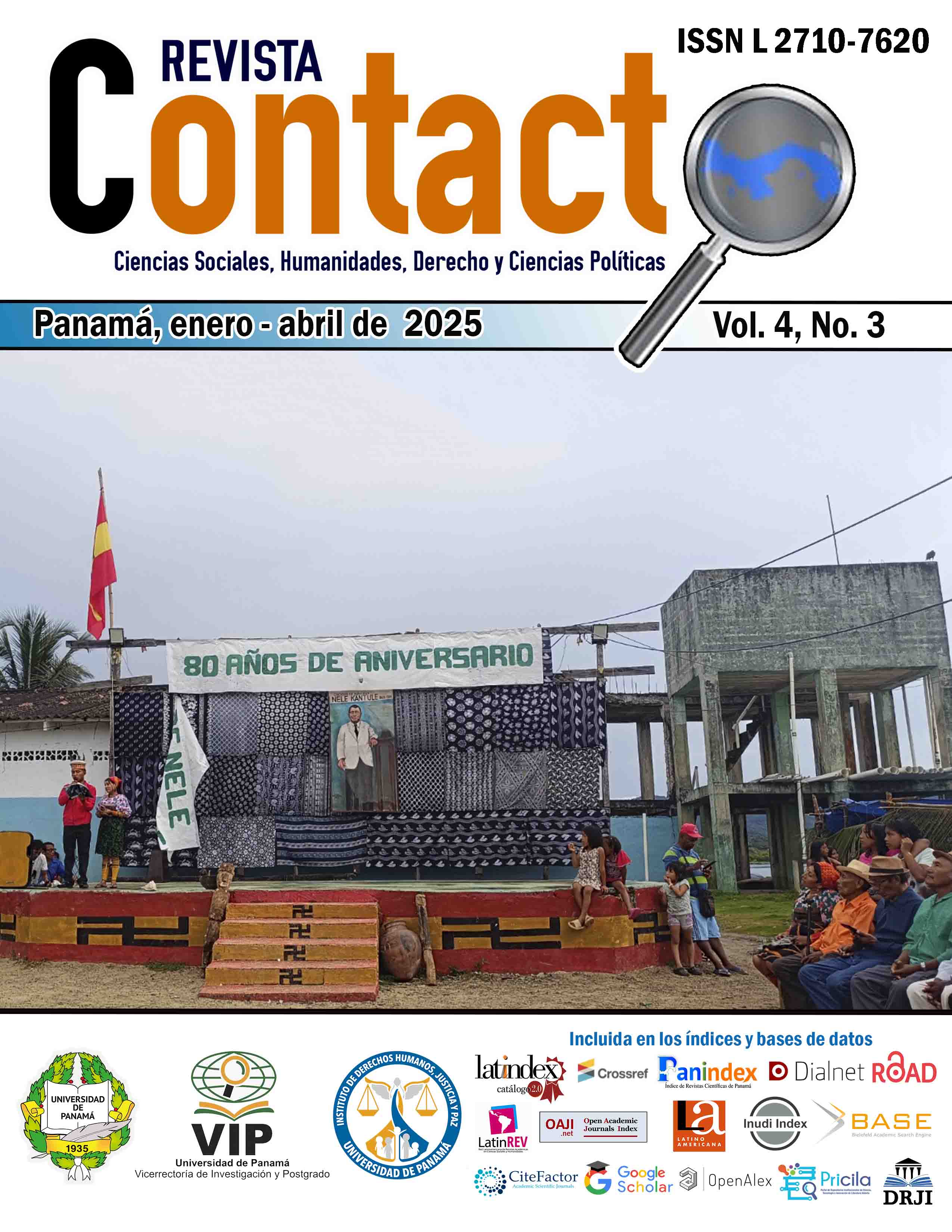

Copyright (c) 2025 Revista Contacto

This work is licensed under a Creative Commons Attribution-NonCommercial-ShareAlike 4.0 International License.
The aim of this research article is to analyze production order costing in the economic situation of the textile sector. The study was based on a qualitative approach, the design was a case study, an instrument was used through structured interviews, applied to accountants and managers of companies in the textile sector. A population of 50 companies in the textile sector was used, taking a sample of 10 companies. The results show evidence of knowledge of production order costing in the interviewees, better control of costs for each order and improved accuracy in the allocation of direct costs. There is evidence of findings in the interviewees referring to the efficient and accurate help in the implementation of the order costing system, the interviewees indicate that it has allowed them to make more accurate decisions, They recognize the importance of costs in each order, they identify the three main components of the order costing system, the importance of operating income and expenses in the net profit margin is reflected, the interviewees indicate that this system will allow them to identify areas where materials or resources are being wasted and to minimize waste. It is concluded that the costing by production orders has generated structural and operational changes in textile companies, the implementation of this system has had a positive impact, an improvement in the companies of the textile sector was also evidenced, and it also has a positive and direct impact on profitability.